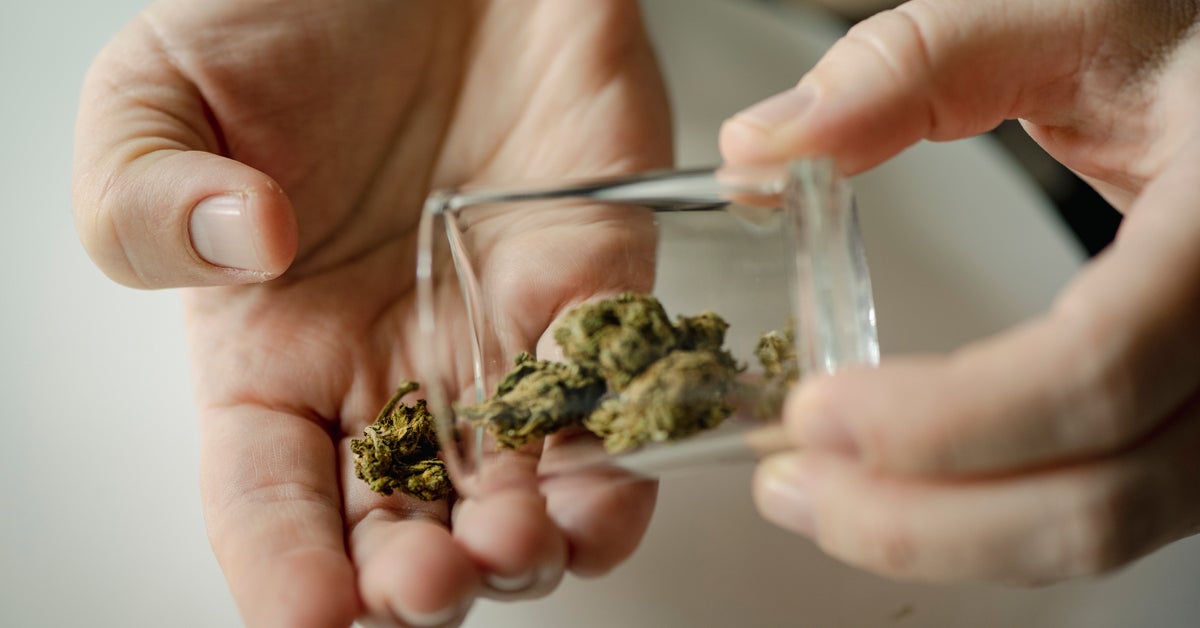Increased drinking during the pandemic has had a real effect on our collective mortality, new research from the Centers for Disease Control and Prevention shows. The study found that between 2020 to 2021, nearly 500 deaths a day could be attributed to excessive alcohol use—significantly higher than the death toll seen five years earlier.
Alcohol-related deaths in the U.S. have been rising for a while, even before covid-19 arrived in early 2020. But the pandemic certainly made things worse. Past research has found that deaths and injuries fully caused by alcohol, such as acute alcohol poisoning, have increased dramatically since 2020. But according to the authors of this latest study, there hasn’t yet been clear data on the recent trend of all alcohol-related deaths, including those partially caused by alcohol. These types of deaths might include injuries and certain forms of cancer.
The authors analyzed U.S. mortality data from three time periods: 2016 to 2017, 2018 to 2019, and 2020 to 2021. They focused on deaths caused by underlying acute and chronic conditions that could be linked to alcohol, based on CDC research. For each of these conditions, 58 in total, the CDC estimated the fraction of deaths attributed to alcohol.
From 2016 to 2017, the authors found, there were around 137,927 annual average deaths tied to excessive alcohol use, but from 2020 to 2021, that number had risen to 178,307 deaths—or about 488 deaths a day. While these deaths did rise a bit from 2016 to 2018, the early years of the pandemic saw a much larger relative increase, about 23% from 2018. And even after accounting for age, the annual rate of alcohol-related deaths still rose from 38 to 48 deaths per every 100,000 people between 2016 to 2021.
Historically, men are more likely to die from alcohol than women, and this continued to happen up through 2021, with 119,606 deaths in men compared to 58,701 deaths in women. But deaths have actually risen faster in women as of late, climbing 35% since 2016 compared to 27% in men.
The CDC’s findings were detailed in a paper published Thursday in Morbidity and Mortality Weekly Report.
Covid-19 has become a significantly smaller public health threat in recent years, thanks in no small part to vaccination (though it’s still harming and killing more people than the flu or any other infectious disease in the U.S.). And the social distancing policies that helped define the first years of the pandemic have long since faded away. But it’s possible that those early years will cast a long shadow on alcohol-related mortality. The authors note that the prevalence of binge drinking among Americans in their thirties to fifties was higher in 2022 than any other time in the past decade. So even a one-time increase in drinking could lead to many alcohol-related deaths down the line, they warn.
Given these trends, the authors say that more will need to be done to keep the country’s drinking in check.
“Evidence-based alcohol policies (e.g., reducing the number and concentration of places selling alcohol and increasing alcohol taxes) could help reverse increasing alcohol-attributable death rates,” they wrote.

Rachel Carter is a health and wellness expert dedicated to helping readers lead healthier lives. With a background in nutrition, she offers evidence-based advice on fitness, nutrition, and mental well-being.








